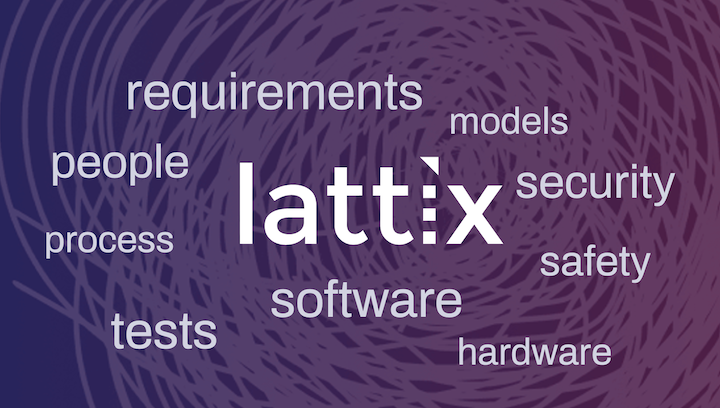Use Lattix to analyze the design of an MBSE project
A SysML model of architecture is commonly considered the core of most complex product and systems development for MBSE, and yet the power of a well-defined architecture is often not fully exploited. Analysis of architecture using design structure matrices (DSM) in the early phases can help visualize all of the relationships in your model, identify undesirable cycles, and quantify inter-component coupling and ideal component cohesion.
- Dassault Catia | Cameo or MagicDraw
- Sparx Enterprise Architect
- IBM Rhapsody

Harnessing the Power of Your System Architecture
With Lattix, rules can be established in the model for compliance with the architecture to guide the system developers during development. Our experts can train your team to quickly build and analyze your system.
Compare As-Modeled to As-Implemented for Validation and Compliance
With the UML/SysML and software language analysis modules combined into one project, Lattix enables mapping of the code to the model and vice-versa to discover and control structural mismatches.

Optimize your Project Plans and Architect Complex Processes
The challenge with conventional planning tools is the inability to deal with planned and unplanned iterations, which lead to delays and higher costs. DSM analysis enables optimal sequencing of activities which involve iterations, identifying opportunities to restructure processes to leverage planned cycles and minimize the impact of unplanned rework.
Lattix now includes a special Profile for planning projects and architecting complex processes. The DSM is pre-configured for sequencing and partitioning with a number of algorithms.
Data in many formats can be imported to and exported from Lattix, including integrations with Excel and Microsoft Project.
- Algorithms to optimally sequence, As Early As Possible or As Late As Possible
- Restructure processes by conducting what-if scenarios focused on critical dependencies
- Identify planned iterations and capture unplanned ones that cause delays and increase costs
Master the Complexity of Your Systems and Operations with a Big Picture View
The power of the DSM representation is its scalability to traverse large complex systems, which include many domains with interdependencies. A multi-domain matrix (MDM) provides the cross domain mapping of relationships that enables the most comprehensive change impact analysis and discovery of issues across the system.


